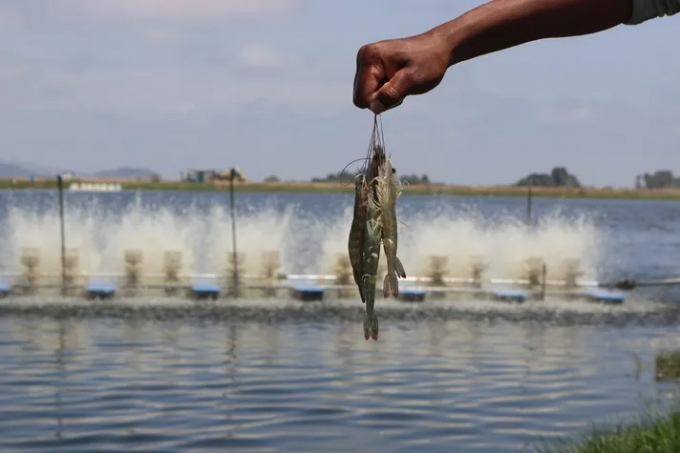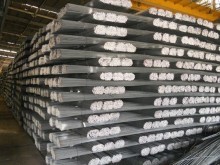
World shrimp industry may witness a record in output in the first half of 2022. Photo for illustrative purpose.
Shrimp industry - great potential
“Assuming costs do not increase further, the shrimp farming industry may continue to expand supply in the first half of 2022 thanks to great demand and good market prices,” said Mr. Nikolik.
According to the report, shrimp imports of the USA grew 17% in value and 9% in volume in the first 10 months of 2021. In a similar manner, EU imports of frozen tropical shrimp increased by 8.5% in value and up 13.9% in volume in the same period. While China imports less frozen shrimp in 2021, the report notes that imports are likely to increase in 2022. The vibrant nature of these key markets can encourage farmers to produce more shrimp this year.
The report states: “The combination of these three markets will help underpin the growth rate of demand for farmed shrimp. There are currently no new diseases that could change the dynamics of the industry. Despite the elevation of costs, high product prices result in high profit in shrimp farming, which benefits supply growth. Even if there is a slight cooling in prices in early 2022, there is an expectation that supply will keep this uptrend.”
Salmon industry - outstanding growth
Following last year's drop in salmon output in Chile, the country's producers are now on their way to recovery in terms of harvest yields, but this will take a few years’ time.
That's partly because last year, encouraged by good prices, Chile sold nearly all of their reserves accumulated in 2020. This event occurred after sales fell due to the initial Covid-19 outbreak.
As a result of this shortage, the report indicates that Chile's supply growth in 2022 is likely to be negative, despite receiving forecasts of a 3-4% increase in harvest. Furthermore, if algae blooms that devastated the industry in recent summers and autumns recur in 2022, growth in the first half of 2020 could be minimal.
Meanwhile, Norway had experienced a year of 2021 of surprisingly strong growth, recording an unexpected 10.9% growth rate in harvest yield.
However, according to the report, this growth rate will not be sustained in the coming year. With a lowered domestic fish output, Mr. Nikolik expects Norway’s supply to decline in the first six months of 2022 and a growth rate of only 1 to 2% for the whole year.
The combination of low growth rates in Chile and Norway, coupled with strong demand for salmon in the retail sectors of both North America and Europe, means that: Unless the Omicron variant leads to major outages, the low expected global supply growth of 2022 will push prices higher - possibly the highest ever seen since 2016.
Fishmeal industry - meager improvement
The report also mentions the global fishmeal trade and highlights that Peru has a 37% growth rate in fishmeal production in 2021. Europe, the USA and South Africa, on the other hand, have lower marine fish quotas and therefore produce less fishmeal. The result is that global supply remains the same as in 2020.
In the future, due to the expected effects of La Niña, a similar production rate can be achieved in Peru, at least in the first half of 2022. Mr. Nikolik expects European and US supplies to recover as their respective quotas for capelin and menhaden are increased. “This will lead to a small increase in global supply, but only if Peru maintains a high production rate.”
China has utilized Peru's strong supply to rebuild their dwindling reserves. Added with the slowdown of the pig herd reconstruction, China is likely to reduce demand for fishmeal in the first half of 2022.
Limited increases in production and relatively high commodity prices also suggest a fairly stable fishmeal price in 2022. The report however notes that the fishmeal/soybean meal price ratio has increased from record lows in early 2021, suggesting fishmeal prices will be less competitive – although still relatively cheap compared to pre-pandemic levels.
The report concludes: “With Chinese demand expected to cool somewhat, we expect the market to be more balanced in the first half of 2022.”
Author: Huong Lan
Translated by Samuel Pham














